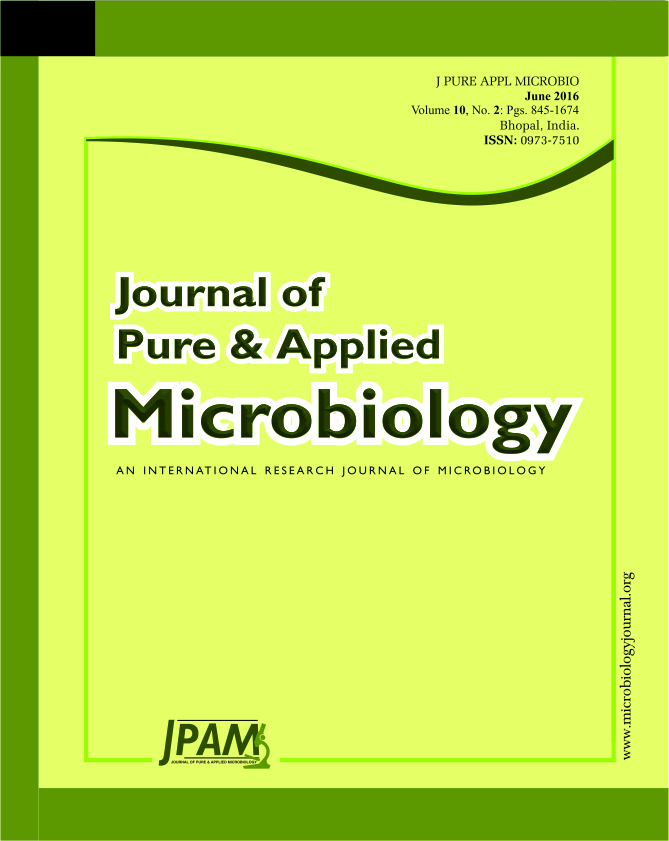A 2 year field trial was conducted during kharif 2012 and 2013 to investigate fertigation and residue management on performance of direct seeded rice and soil biological health. To this effect ten treatments consisting irrigation techniques as a main plot (5) and residue management as a sub plot (2) were tested in a split plot design with three replication The soil of experimental field was alkaline in reaction, with 0.33 percent organic carbon, 180 kg ha-1 available nitrogen and 47 kg ha-1 available phosphorous and 346 kg ha-1 potassium. Hybrid rice variety Arize 6129 was sown as a test crop. Remarkable effect was noted where drip fertigation performed better by recording significantly higher plant height, tiller density, biomass production at 30 and 60 DAS and yield attributing characters than the combination of sprinkler system during both the years. Drip fertigation system did not differ significantly from flood RDF in these parameters. Grain, biological yield, N, P and K uptake by grain and straw was significantly higher with drip fertigation. MBC and MBN differ significantly and higher value was recorded with drip fertigation. Finally maximum grain and straw yield of rice statistically on par to flood RDF and significantly higher than the remaining combinations was found with drip fertigation. Drip fertigation yielded 24.9 to 28.09, 19.0 to 23.0, 10.7 to 14.0 and 3.2 to 7.00 percent higher than sprinkler RDF, sprinkler fertigation, drip RDF and flood RDF. A significant interaction effect of fertigation and residue management on grain yield of rice was found.Furthermore, growth parameters, yield attributing characters, grain and straw yield, grain and straw nutrient uptake, microbial biomass carbon (MBC), microbial biomass nitrogen (MBN), increased significantly with residue incorporation. Thus, the study reveal that drip irrigation coupled with fertilizer application could be option of precise nutrient and water management of direct seeded rice since it yielded more with higher benefit cost ratio.
Fertigation, Residue management, Performance, MBC, MBN, Direct seeded rice.
© The Author(s) 2016. Open Access. This article is distributed under the terms of the Creative Commons Attribution 4.0 International License which permits unrestricted use, sharing, distribution, and reproduction in any medium, provided you give appropriate credit to the original author(s) and the source, provide a link to the Creative Commons license, and indicate if changes were made.


